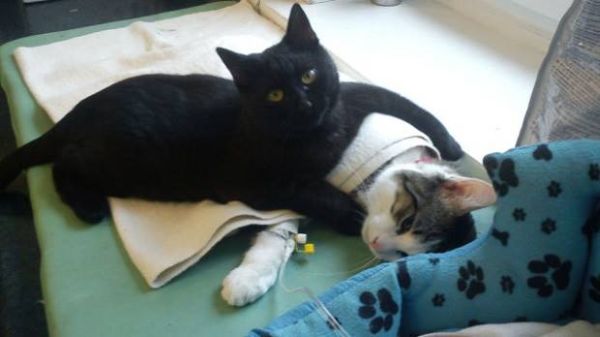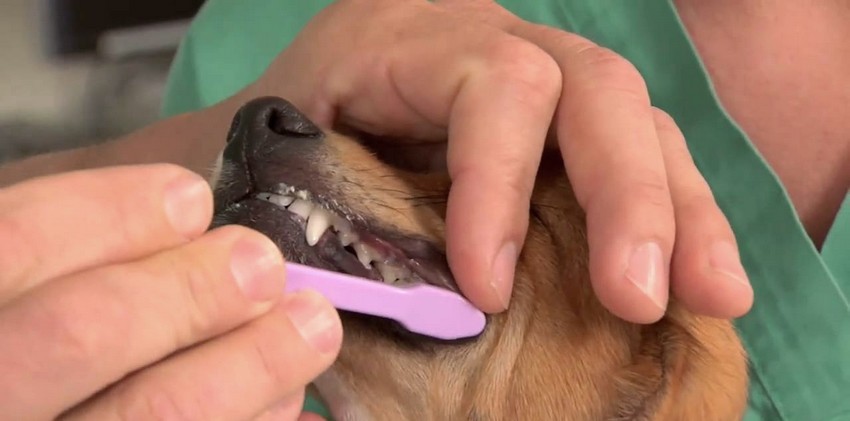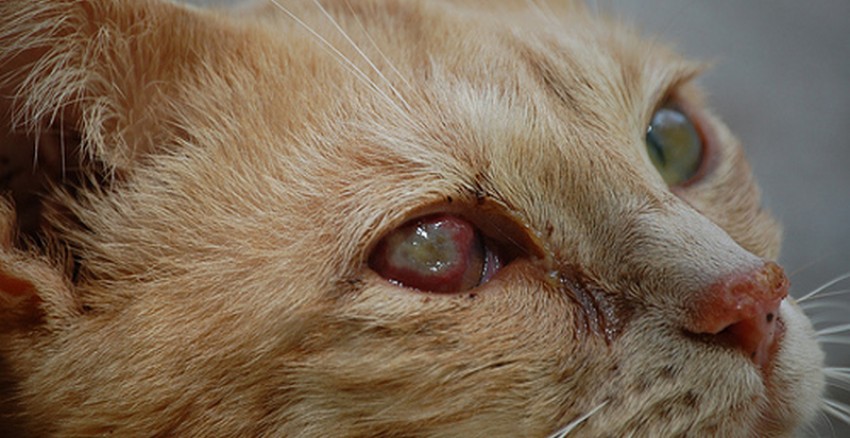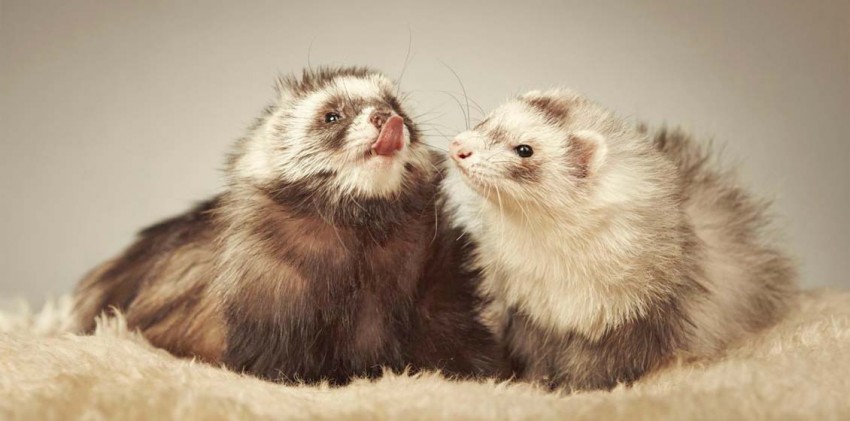Cleaning teeth of dogs and cats with ultrasound without anesthesia
 Why is there such a service as ultrasonic cleaning of teeth without anesthesia?
Why is there such a service as ultrasonic cleaning of teeth without anesthesia?
Honestly, veterinarians, and we are no exception, are not very good at explaining 3 things:
The importance of veterinary dentistry and the prevention of dental diseases in dogs and cats
Overcoming the fear of anesthesia for dogs and cats
Pricing dental services
The need for dental treatment of dogs is clearly visible to the owner after contacting the veterinary dentist when it is possible to remove all problems with the teeth. If a dog or cat has no teeth problems, then explaining the need for regular brushing of teeth to pets (which is much cheaper and painless compared to treatment) is a big problem. Regular cleaning of teeth at home allows you to avoid removing the teeth or cleaning them under anesthesia to animals in the future.
Prevention – it’s boring and uninteresting, isn’t it? 🙂
The fear of animal owners before anesthesia is a frequent story and it is well understood where it comes from.
What is important is the choice of a veterinary clinic. In the veterinary center Constellation animals undergo a comprehensive health check before using anesthetics. An anesthesiologist conducts an introduction to anesthesia. During the operation, the patient is monitored. That is why animals do not die from anesthesia. Despite the fact that many dogs and cats with dental problems are elderly and often have heart or kidney problems. The chance of dying from anesthesia is less than just walking a dog in the evening of a normal day.
Price is a rather sensitive issue. It is true that quality dental treatment is expensive, but there are ways to reduce the cost. Discuss with your doctor what options you can refuse without risk to the health of your pet. Today, the services of many who offer the cost of treating the teeth of a dog or cat without anesthesia usually cost as much, and in the case of going to the house – much more expensive than in our veterinary clinic.
What is wrong with ultrasonic cleaning a dog or cat without anesthesia?
Stress, anxiety and fear
Try to open your mouth wide and at the same time scrape and feel the teeth and gums, while not swallowing and spitting out all the dirt that accumulates in your mouth.
Think about the sensations of your dog or cat when painful procedures are performed without anesthesia.
Veterinarians who brush their teeth on animals without anesthesia state that this procedure is painless and does without stress. That sounds very strange. We have repeatedly tried to clean the teeth without anesthesia, simple removal of plaque from the front teeth. And it was always stressful for the animal, brushing your teeth was never 100% complete.
Incomplete brushing
The only way to clean the teeth of a dog or cat without anesthesia and at the same time to avoid stress for the animal is to not completely brush your teeth. Outside, everything is likely to be clean, but what will remain on the teeth in the depths of the mouth?
The most important area for brushing teeth is where the gum touches the tooth. This is the place where bacteria begin to multiply and begins to form plaque, caries, and tartar. It is also the most difficult and painful area for cleaning, especially if a gum pocket has already formed. It hurts.
Dental treatment without anesthesia dog / cat
Removal of tartar from the visible part of the tooth – just a cosmetic procedure. Perhaps therefore, often in advertising you can see the “cosmetic” or “hygienic” cleaning of teeth by animals. Remember that bad breath from an animal’s mouth should completely disappear after a dental procedure.
The reasons why after cleaning the bad breath from a dog or cat’s mouth has not disappeared
Some teeth need to be removed. Teeth that have damaged pulp – the contents of the tooth. In addition to removing the tooth, you must remove the nerve. Leaving a sick tooth in the jaw will lead to chronic pain and the spread of infection throughout the body, not just in the mouth.
Those who are engaged in cleaning the teeth of animals without anesthesia are sent to remove the teeth to the veterinary dentists, but how do they know that the tooth must be removed? It is unrealistic to assess the condition of the tooth before assessing the state of the gum pocket and the condition of the tooth pulp.
Transmission of infection through dental instruments
Is there a risk of disease transmission between patients in the dental department of our center? Naturally, there is no such risk. All instruments are sterile; after each visit, the room is disinfected and equipment is sterilized. Where possible, disposable supplies are used (syringes, etc.).
If you need not just to get rid of ugly stones in the dog’s mouth, but to completely clean the mouth and eliminate all causes of anxiety in an animal – your choice to brush your teeth under anesthesia.



